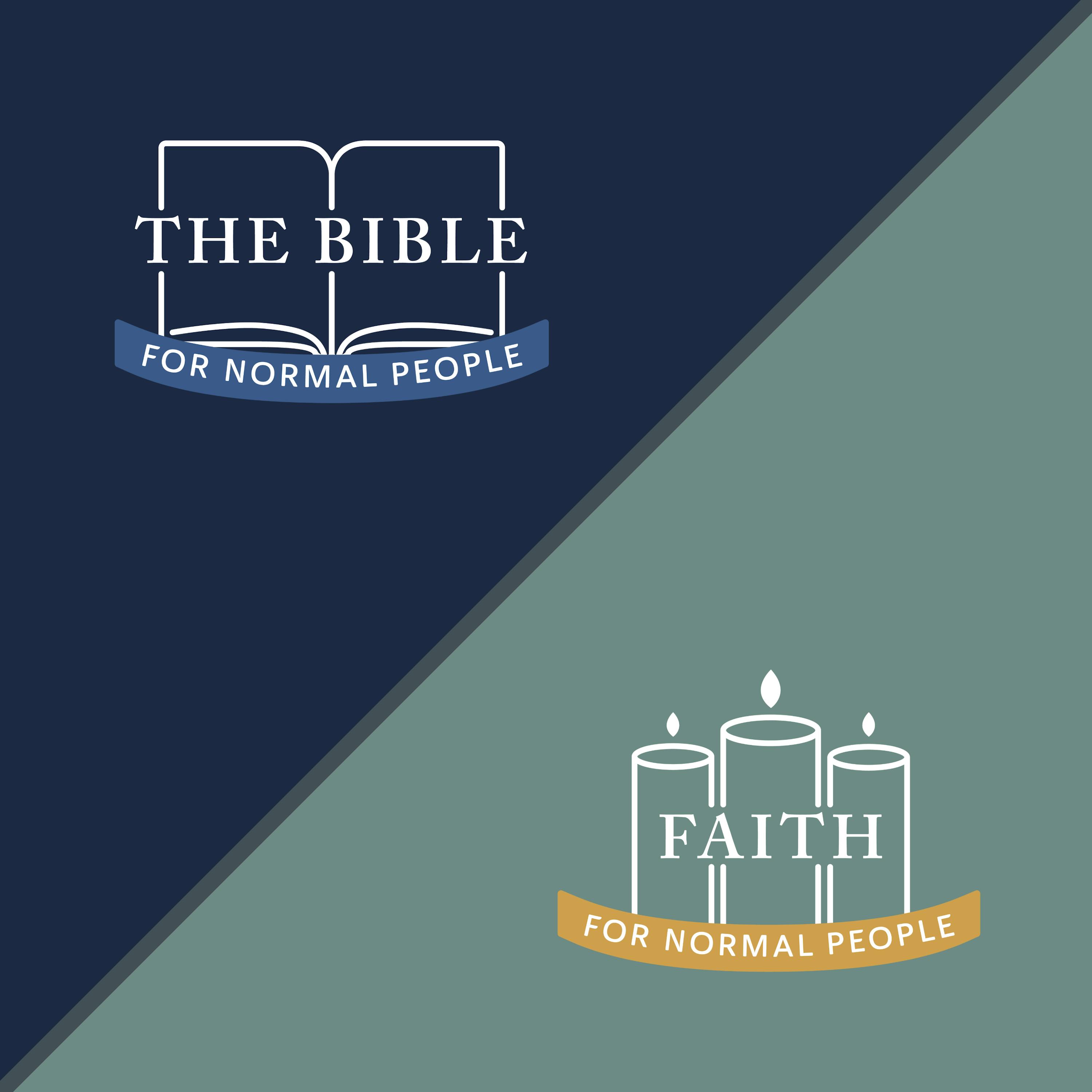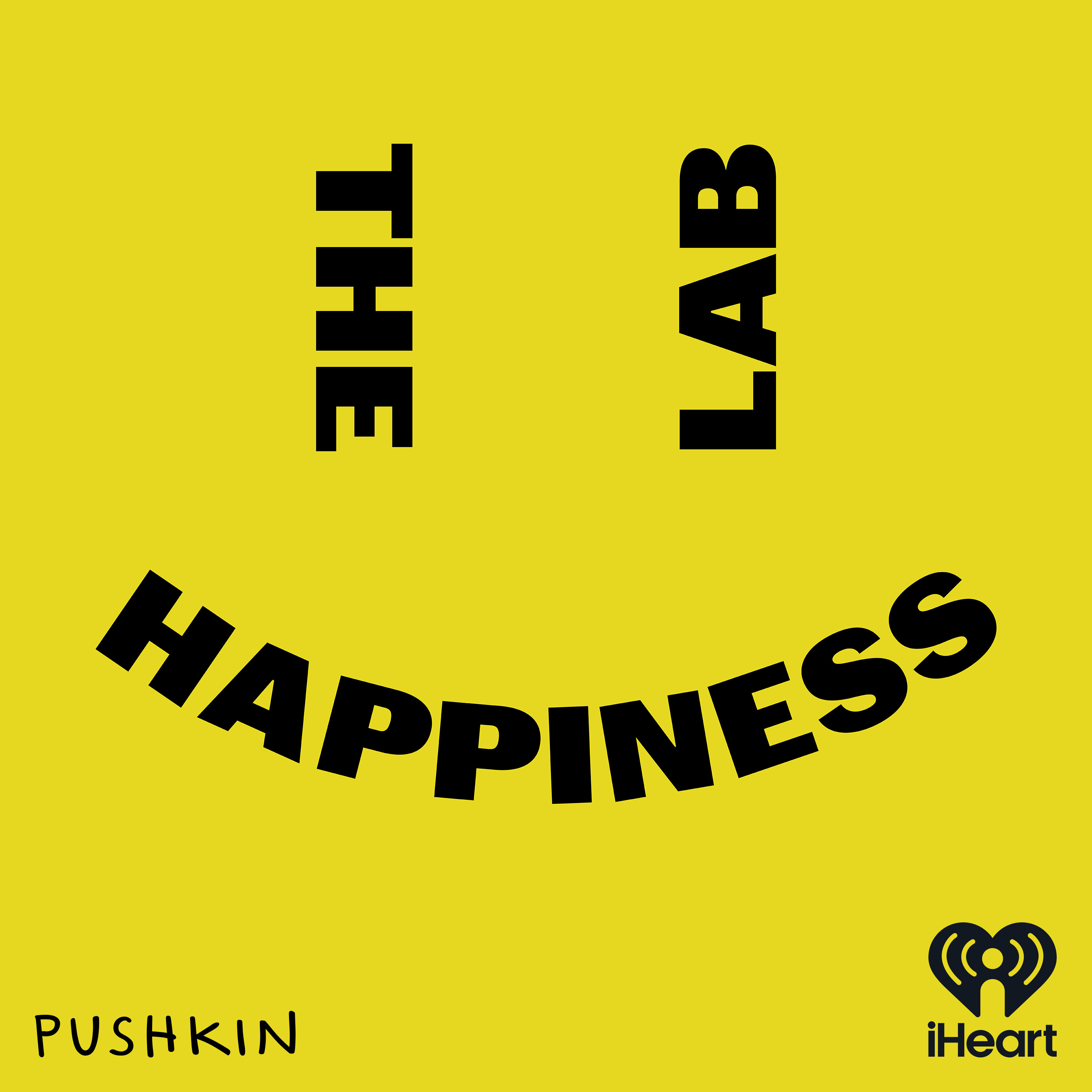
Tracks for the Journey
Tracks for the Journey will improve your well-being with practical insight and inspiration from progressive Christian spirituality, positive psychology, and justice ethics. Your host is Dr. Larry Payne, a minister, chaplain, and counselor with more than 45 years experience helping people with discoveries on their journey of life. He believes well-being is founded on balanced self-awareness, quality relationships, and active spirituality. Access all the resources of the Network at www.tracksforthejourney.com.
https://hopp.bio/tracksforthejourney
Tracks for the Journey
I Feel Like
Subscribe to this podcast for only $5 per month to get a monthly bonus episode, access to exclusive subscriber-only episodes, and the POSTINGS weekly newsletter on Substack with more resources for well-being!
Subscribe at https://tracksforthejourney.buzzsprout.com
Enjoy the Youtube Channel at https://www.youtube.com/@tracksforthejourney77
“What are you feeling right now?” That’s a simple question. But offering an answer can plunge us into profound experiences.
Cindy grew up in a home where she wasn’t permitted to feel anything. She had all of the five senses, of course, and, oh, how she could see and hear and feel the messages from her parents. “You’re not hurt so quit crying!” “If you’re afraid while we’re at the party tonight just sing a song.” “Don’t be sad. We’ll just buy another dog.” In the years that followed she learned it helped to pretend like she was happy, which made other people happy. If some feeling got too strong she could feel better by playing a video game. That worked okay until the day her brother died in a horrific car wreck and the fire that turned his pickup into a blackened wreck. After that, the happiness didn’t come back.
What are you feeling right now?
On this episode of Tracks for the Journey let’s explore our emotions. You have some right now and you will every moment of this day. What do they mean for our mind, body, and soul? Stay with me for the next few minutes.
I can still feel the fear I had as a twelve-year-old sliding down a rocky slope toward the deep water of Table Rock Lake in southwest Missouri. I had hiked from the boat dock where my parents were fishing to follow a narrow path through the trees. I came to an opening above the lake, where the white dolomite rocks formed a steep angle, almost 45 degrees, to the water. I didn’t see the fine gravel as I stepped on the slope and started a slow, relentless slide to the water. That’s when the fear gripped my throat.
What was happening in my mind and body? Electrical and chemical signals come and go across our nervous system every millisecond of every day. Based on the book Permission to Feel by Yale professor Marc Brackett, emotional states can be broken down to four phases. Phase one is the stimulus and emotion. This starts with an external stimulus. We instantly appraise the meaning of what we perceive. This initial interpretation produces a release of hormones in the brain that brings physical change. Much of the bodily response is automatic, beyond conscious control. Emotions are a physical response. On that afternoon at the lake, the stimulus was sliding toward the water, and the appraisal of “Danger!” A flood of adrenaline made my heart race, blood rushing to muscles, eyes focused on the danger, and my throat ready to call out.
Phase two is the feeling. It is a mental response to further interpret the physical emotion with the memory of our previous experiences, the environment, our physical well-being, the cultural expectations of our society, or personal hopes for the future. Feelings are mental constructs. I had the feeling of fear about being hurt or drowning based on all my previous experiences as a rowdy, active kid, my sense of wanting to live, and even of not wanting to get wet on a cool fall afternoon. The feeling was so imprinted in my brain I can still access it today.
Phase three is the choice of behavior. With the body and mental processes engaged, we choose the action we will take that will produce the greatest benefit. Behaviors are actions in a social context. Perched on that treacherous slope, I choose to dig in my heels, flatten my back against the rocks, and hold on. I don’t know how long I waited but I remember someone in a boat calling out, “Are you okay?” I choose to deal with the situation by slowly scooting my way upward until I reached the line of trees. I’m not sure whether I even answered the people in the boat.
Phase four is a mood. Moods are less intense but last longer than phases 1-3. Moods are a combination of thoughts, feeling, and behavior, a lingering state which continues to influence us. Moods are pervasive and sustained over time. When I walked back to my parents, I felt relief, a happy glow of elation at surviving! My mood was also helped by keeping this a little secret from my parents, if you know what I mean.
What are you feeling right now? It’s more complex than you thought, isn’t it?
Do you believe God has emotions? The Bible attributes emotions to God in many passages. In the Hebrew Testament, God meets Moses on Mt. Sinai. Moses hears, “The Lord, the compassionate and gracious God, slow to anger, abounding in love and faithfulness” (Exodus 34:6). The prophet Zephaniah preached, “God will take great delight in you; in his love he will no longer rebuke you, but will rejoice over you with singing” (Zephaniah 3:17). In a scene of grief, Jesus stands before the grave of his friend Lazarus, feeling deep anguish, anger, and tears at the travesty of death (John 11:33). Some theologies teach that God is really without emotion, termed “impassible,” because God is perfect and unchanging. A more modern view, known as Open and Relational Theism, has a different view. These emotions in Scripture are a true description of God who is affected by the universe, not removed from it. These emotional qualities are more than mere literary personification. We should think of the Divine as pervading every entity of the universe, engaged with each in a dynamic relationship which includes regularity, randomness, creativity, and divine purpose. In the words of Richard Rice, this perspective of God as emotional can “recapture the biblical portrait of a God who is intimately acquainted with, acutely sensitive to, profoundly affected by, and dynamically interactive with the creatures who bear the divine image” (Rice, Future, 133).
Further, we can be comforted by the fact that God is okay with us as emotional creatures. God created us to feel these emotions. You are acceptable to God whether you are elated, melancholy, enraged, ashamed, sexually aroused, terrified, or just bored. God knows you at every moment. Even more amazing, God has extended love to you. The Bible doesn’t say, “God loved all the people who have it perfectly together.” The divine love is unconditional. That is fact which gives you license to feel happy and join the ancient Hebrews in saying “Hallelujah!”
It’s important to understand the phases of emotions and even the theology that Christianity presents. But the crux of the issue is handling our emotions, isn’t it? How can we do this better to create a better life for ourselves and those around us? The vital truth I want to explore is how we can learn to regulate our emotions. To regulate emotion means understanding what we are feeling, then influencing how to better experience and express the feelings. Dr. Brackett discusses this extensively in his book. In adapting his thoughts and others psychologists, I think of this process with a simple A-B-C acrostic: Aware, Best, Connect.
“A” means “Aware,” which begins the process. We realize that our emotions are responding to a stimulus, like an event or major thought. We might feel our breathing change, or a heavy tiredness settle in our muscles. In this moment it’s time to pause mentally, a hesitation to gain control. This awareness allows our reasoning powers to catch up with the fast pace of the emotional response. A deep breath can help to move away from the first impulse of reaction to the next step of regulation.
That second step is “B”, meaning “Best.” We seek the Best of our values, wisdom, and social intelligence. We reappraise the event for deeper meanings, for a context that enhances understanding. The reality is that every emotion is located within a social context. In this step, we take that into account, weighing the who, what, when, where, and how of this emotional moment. We decide what is best in this situation. Many choices are available as strategies, such as silence, shifting our attention, offering empathy, assertive communication, or walking away.
The third step is “C,” to Connect. This is the action step. We engage in the manner we feel will express our best. Keep in mind that this implementation is a social act. Another person, group, or our future Self is involved. Further, to connect is to take a risk. We cannot control how the other person will respond. As we assess the result of our action, we find ourselves returning to the first step, once again Aware of an emotional experience to start the cycle of regulation in a healthy manner
Let’s think of Cindy, from the emotionally distant and dysfunctional childhood. She learned to push away all feelings to just be a worker, doing a task. With a trained therapist, however, she started recovering her full self in a holistic way. One day her supervisor at the factory made a joke about her weight. It stung. She wanted to react the old way and laugh with him and the others, hiding the anger and embarrassment. In that moment, though, she practiced being Aware of her real emotion. She actually allowed herself to honestly feel the hurt. Then she paused and took the second step, to seek the Best response. She put it in context of her dignity, the work, and even her supervisor. After that moment, Cindy took action to Connect with assertive communication. “I don’t appreciate what you said about me. My body is my own business. I hope you’ll respect that.” She was aware of his surprise and offered a smile. “Thank you,” she said and returned to her duties. Practicing emotional regulation brought a new sense of self-understanding to Cindy and to her social network.
As we conclude, let me ask again: what are you feeling right now? We’ve explored this question to learn it has more depth than we can imagine. We can believe we are designed as emotional creatures who can learn how to regulate our responses to the events around us. Keep in mind the A-B-C: Aware, seek the Best, and Connect with good actions. And find enjoyment in the God who feels as you do, offering complete love.
Now what are your feeling?
Cited
Permission to Feel, Marc Brackett (Celadon Books)
The Future of Open Theism, Richard Rice, (IVP Academic)
Mt. Carmel Memoirs: The Cycle, Larry Payne (Journeysoul)
https://www.amazon.com/CYCLE-Mt-Carmel-Memoirs/dp/0977244504
Podcasts we love
Check out these other fine podcasts recommended by us, not an algorithm.

The Bible For Normal People
Peter Enns and Jared Byas
Hidden Brain
Hidden Brain, Shankar Vedantam
The Happiness Lab with Dr. Laurie Santos
Pushkin Industries